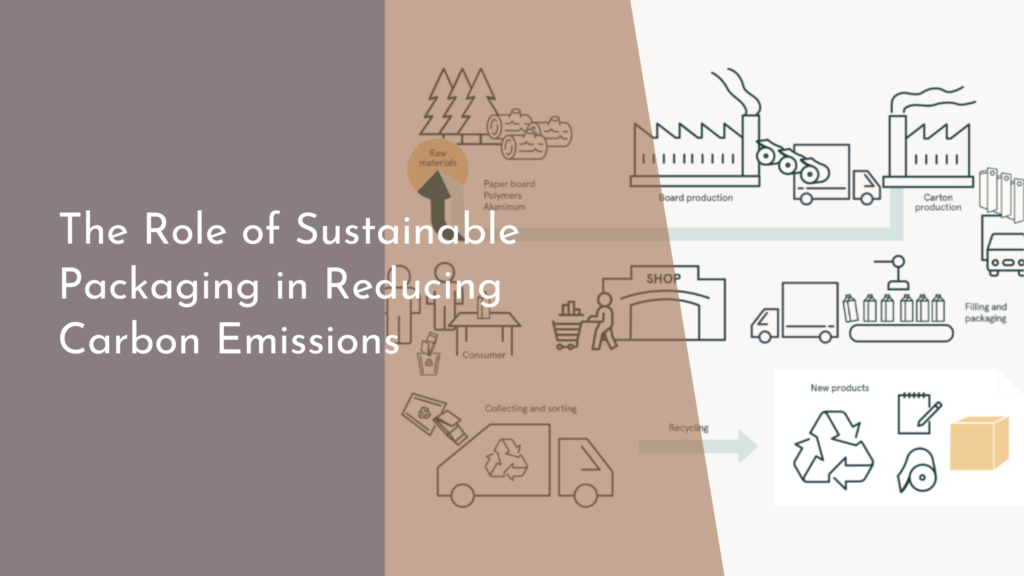Innovative Uses of Renewable Resources in Construction
With the increasing emphasis on sustainability and eco-friendly practices, renewable resources have taken center stage in the construction industry. They offer a promising path toward reducing carbon footprints, enhancing energy efficiency, and fostering a greener planet. As we delve into the innovative uses of renewable resources in construction, we explore how these strategies are reshaping the landscape of modern architecture and building practices.
Embracing Renewable Materials in Modern Builds
The construction industry is witnessing a significant shift towards renewable materials, as builders increasingly embrace sustainable resources like bamboo, straw bales, and recycled timber. Bamboo, noted for its rapid growth and remarkable strength, offers a viable alternative to traditional timber, capable of supporting heavy loads in both residential and commercial structures. Additionally, straw bales provide excellent insulation, significantly lowering heating and cooling costs. Their biodegradable nature ensures that they leave minimal environmental impact, aligning perfectly with the goals of sustainable construction.
Another exciting development is the increasing use of recycled materials, such as reclaimed wood and recycled metal, in modern construction projects. Reclaimed wood not only brings a rustic charm but also reduces deforestation. Meanwhile, recycled metal can be reshaped and reused, conserving energy and resources otherwise used in producing new materials. These practices not only make construction more sustainable but also infuse creativity and uniqueness into building designs, attracting environmentally conscious consumers.
Solar Innovations Transforming Construction Sites
Solar energy has transcended its traditional role as a supplementary power source to become an integral part of construction sites. Portable solar panels are increasingly being deployed to power tools and machinery, reducing reliance on fossil fuels and cutting down on emissions. This shift not only highlights the versatility of solar energy but also underscores its potential to transform even the most energy-intensive processes into sustainable ones.
Moreover, innovations like solar bricks and solar windows are reshaping the way buildings are designed. Solar bricks, embedded with photovoltaic cells, can be used as part of a building’s outer structure, absorbing sunlight to generate electricity. Similarly, solar windows are designed to capture solar energy while retaining the functionality of traditional glass. These innovations allow for seamless integration of solar technology into construction, promoting energy efficiency without compromising aesthetic appeal.
Harnessing Wind Power for Sustainable Structures
Wind energy, often associated with large-scale wind farms, is finding its place in the construction sector, particularly in urban environments. Micro wind turbines are being incorporated into building designs to harness wind power on a smaller scale. These turbines can be installed on rooftops or integrated into building facades, providing a renewable energy source that contributes to a building’s overall sustainability.
Additionally, the concept of aeroelastic resonance is being explored in the design of tall structures, allowing them to generate power through gentle swaying motions. Such innovative applications of wind power not only enhance the energy efficiency of buildings but also inspire new architectural designs that work harmoniously with natural forces. These advances illustrate the potential of wind energy to complement other renewable resources in creating self-sustaining buildings.
Future Prospects of Renewable Resources in Building
Looking ahead, the potential for renewable resources in construction seems boundless. Continued advancements in material science and technology are likely to introduce even more innovative solutions, such as biodegradable composites and smart materials that adapt to environmental conditions. These future materials could revolutionize the construction landscape, offering stronger, more sustainable, and eco-friendly alternatives to traditional building materials.
As governments and organizations worldwide increasingly prioritize sustainability, the integration of renewable resources in construction will likely become more widespread. Policies that incentivize the use of renewable resources and advancements in sustainable building certifications are expected to drive further adoption. These prospects not only promise to make construction more environmentally friendly but also pave the way for an exciting era of innovative and responsible building practices.
The innovative use of renewable resources in construction marks a transformative era in the industry, promising significant environmental benefits and improved energy efficiency. As solar, wind, and sustainable materials continue to advance, they offer exciting opportunities to reshape the construction landscape. By embracing these innovations, the industry can lead the charge toward a more sustainable future, inspiring other sectors to follow suit and contribute to the global effort of creating a greener planet.


